In the pantheon of electronic music production, some names tower over all. From Moog to Roland and Sequential to Yamaha, there’s a list of manufacturers and developers that have undeniably shaped modern music with their creations and gained support and devotion from the world’s most popular artists.
Of course, for every Oberheim there’s a dozen lesser known, more boutique-level brands that have provided vital variety and cult curiosity… but the Musico Resynator is a particularly interesting example of an instrument that got close enough to the limelight for its creator and innovations to catch the attention and support of none other than Peter Gabriel (and his synthesizer distribution company Syco) but never quite made it over the line into mass manufacture.
Who was Don Tavel?
Resynator was the brainchild of Don Tavel, a musician and instrument designer that was right at the forefront of electronic music innovation in the late 1970s and 1980s. Indeed, he held seven patents on a pre-MIDI digital standard and was on the original board for the MIDI council that standardised MIDI as we know it.
Don’s life was tragically cut short in a car accident in 1988, shortly after the birth of his daughter Alison Tavel. We were treated to a screening of Alison’s documentary film — a decade in the making — about Resynator, and got a chance to ask her, musician and Executive Producer Grace Potter, and composer Chris Ruggiero a few questions about the synth and the project.
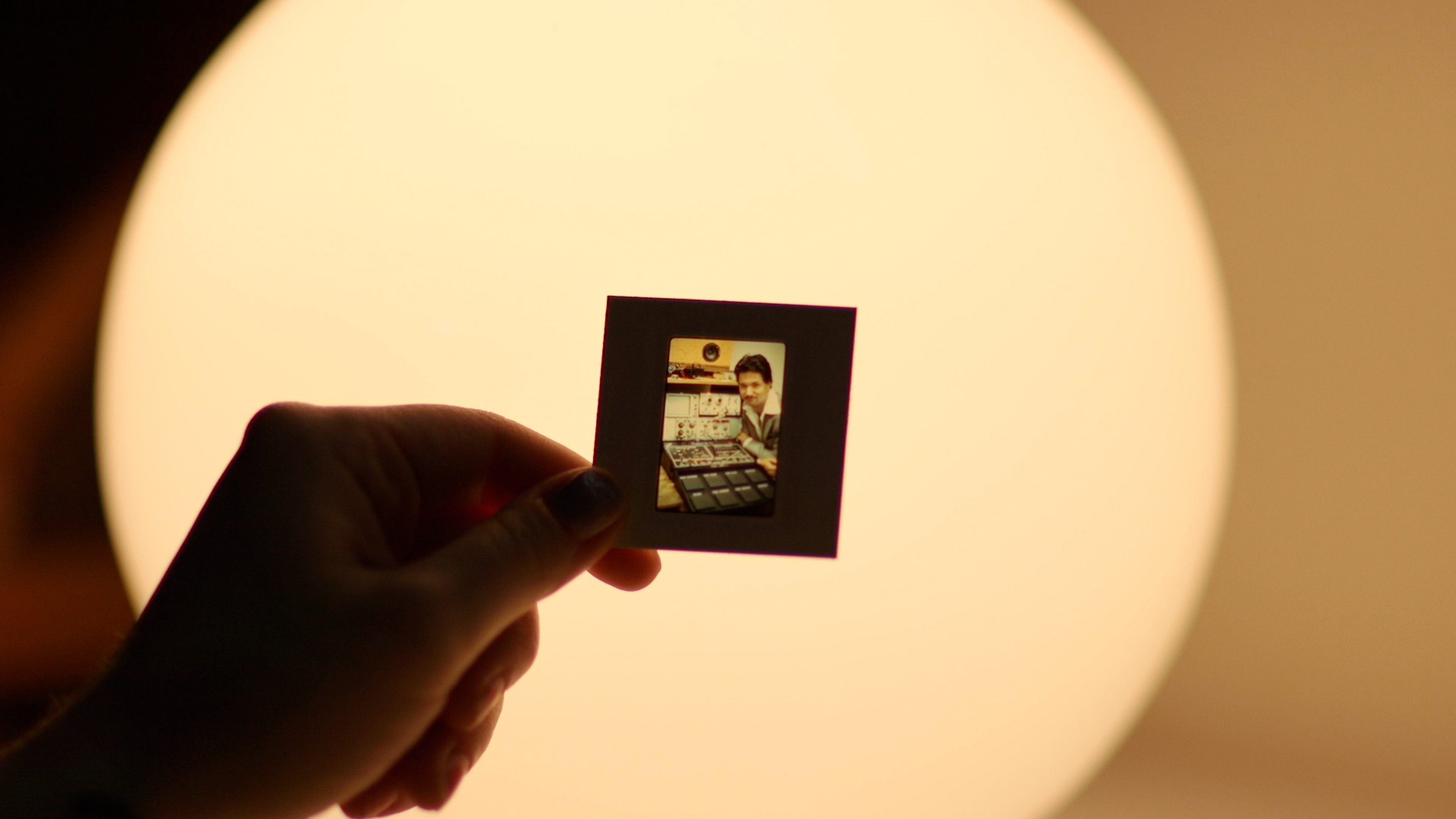
The Resynator documentary is more than just a look at a piece of rare synth history; the film is an opportunity to follow Alison on her journey to connect with her late father through family, friends, and musicians as she learns about his achievements, motivations, and the deeply personal and oftentimes painful discoveries of the events and circumstances that shaped Don’s life from beginning to end.
Alison's journey
Regaled as a child with tales of her late father’s invention of the synthesizer, his fraternising with Steve Wozniak and playing music with everyone from Stevie Wonder to BB King, Alison was awed by her dad’s pivotal role in music and electronics history.
Excitedly opening the encyclopaedia at the library preparing to write a fourth grade music report devoted to him, then painfully realising that creating 'the' synthesizer wasn’t something that history attributed to Don Tavel, Alison became jaded and disillusioned. If that crucial piece of Don’s history was inaccurate, she couldn’t trust any of the stories. Her connection to her biological father faded.
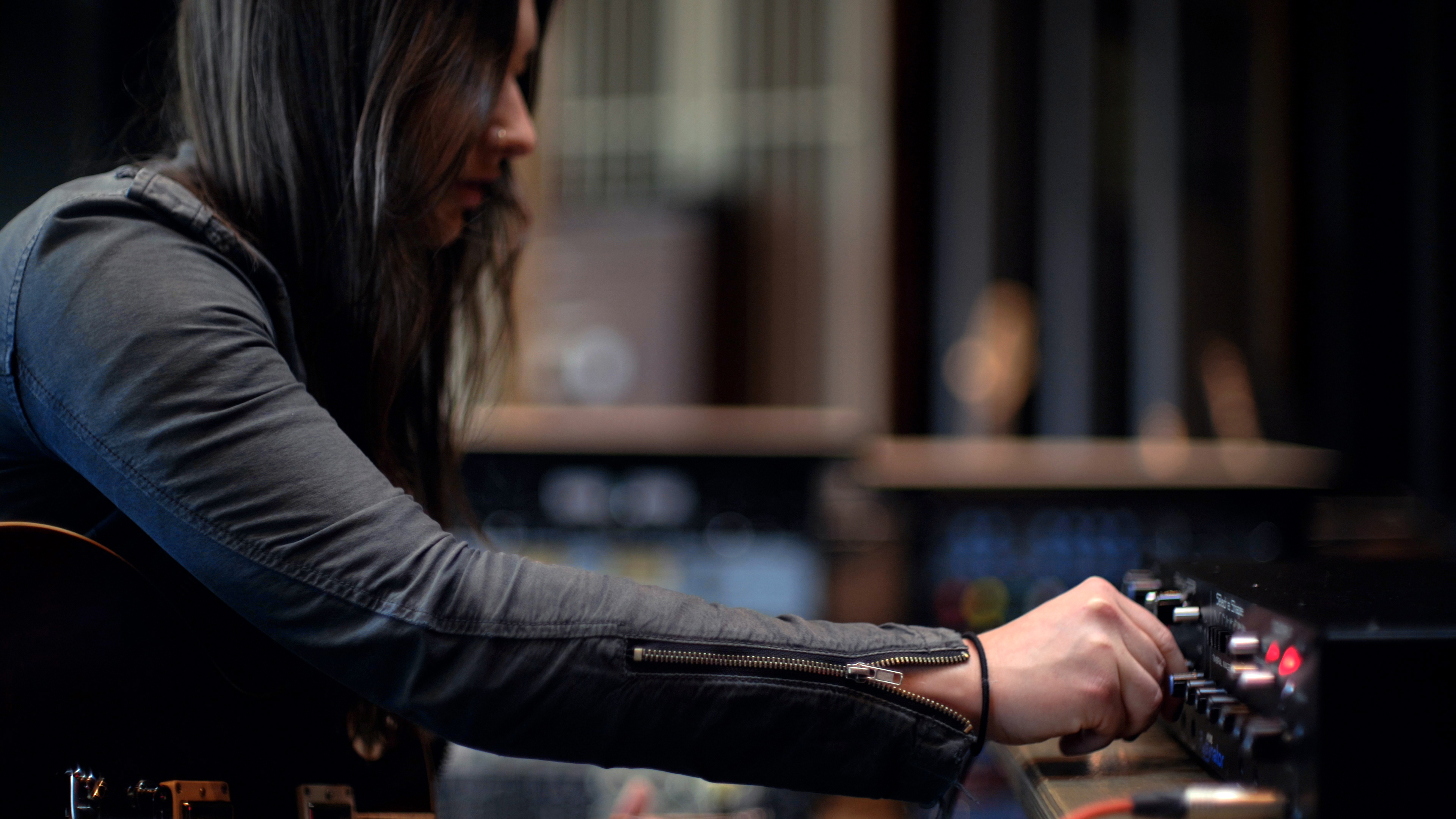
Alison’s journey with the Resynator began in earnest when she became aware of a piece written by Chris Ruggiero for his blog Preservation Sound in 2013. Chris had uncovered a review and artwork for Resynator, prompting Alison to explore her grandmother’s attic and discover a box containing a Resynator unit and some ancient 8-inch floppy disks containing software code.
Before long she’d enlisted the help of Mike Beigel of Beigel Sound Labs as well as then Mu-Tron and now Mu-Fx, who was heavily involved in the original project, to help her bring what she’d found back to life — but more than just the synth, Alison found her desire to connect with and understand who her late father really was rekindled.
The Resynator, explained
So, what is the Resynator? The alluring front panel adorned with exotic-sounding parameters might give even a synth head pause, never mind a layman — as Alison says “I was looking around for keyboard, that’s what I thought a synth was!”. The FX Oscillator and Timbral Image Modulator mightn’t have stuck around as terms, but Resynator was created at a time when synth designers were still wrestling with nomenclature, an exciting time before standards and expectations were concrete.
Fundamentally, Resynator is a hybrid digital and analogue monosynth. Combining digital pitch and voltage-controlled dynamics tracking from an audio input to translate it into information for digitally controlled oscillators and filters, with a fully analogue audio path, it was a truly novel approach to synthesis at the time.
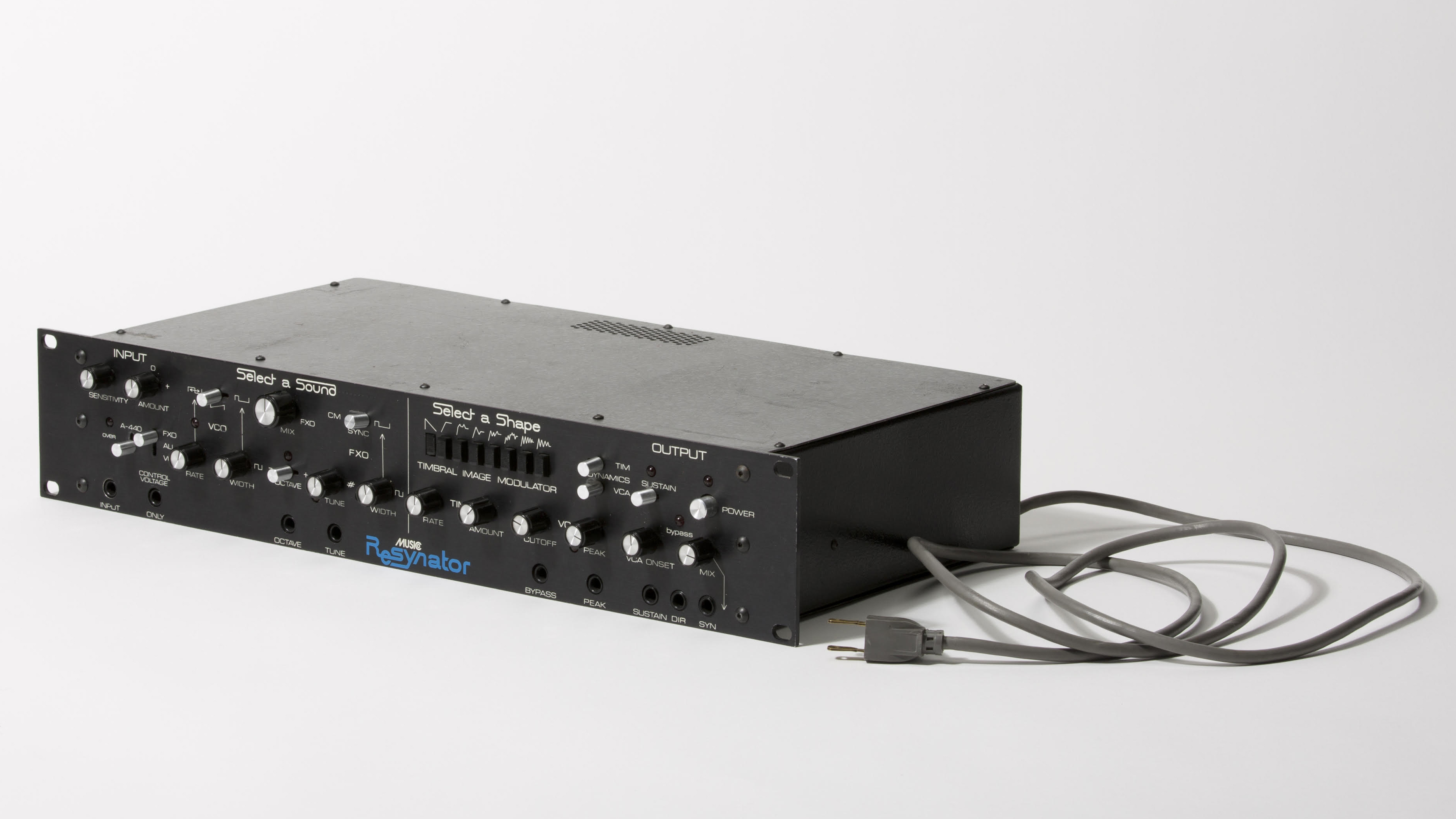
The dual oscillator design is based around a VCO and the curiously named FX Oscillator (FXO), which can be tuned to the VCO in harmonic or inharmonic intervals, either as an audible oscillator or as a carrier for the VCO to provide both natural timbral overtones and distinctly inorganic sounds.
Musico coined the term Complex Modulation to describe this FM-like approach to generating harmonics, a technique employed to generate everything from string to brass and woodwind instruments, whilst also being capable of percussive sounds and Minimoog-esque bass and squelchy leads.
Also unique and interesting is the Timbral Image Modulator, a sort of preset-based filter envelope generator which replaces the more basic AHD and ASDR envelopes common to the time.
The fact that the microprocessor-stored shapes in the Timbral Image Modulator are fundamentally more complex than the capabilities of a more traditional ADSR-styled envelope enhance the Resonator’s ability to mimic organic instruments, and its presets made switching between them fast and intuitive for players, showing a focus on musicality rather than synth programming.
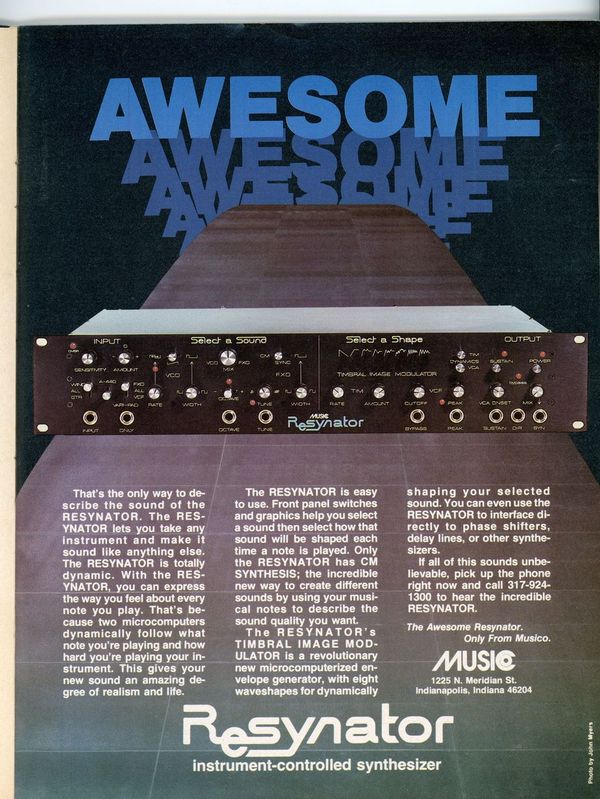
Indeed, the ‘player-first’ ethos of Resynator is taken through to its input following amplitude envelope and foot pedal-focused control scheme, with all the major controls being linked to foot switch inputs on the panel. Perhaps ironically, Resynator’s control scheme and innovative architecture make it a difficult beast to immediately understand by the musicians that eagerly fiddle with it in the documentary.
“Most synthesizers I encounter are more like domesticated animals, but here was this thing, like a wolverine or something” remarks producer Christian Castagno, as he recounts getting to know Resynator.
The importance of expression
This exploration and taming process is approached differently by the different musicians — from Money Mark to Butch Vig, Fred Armisen to Mike Gordon — that lay their hands on Resynator, and the lack of documentation and the uncertainty about the operation of the synth led to musings about what was even tameable in the first place.
“There’s an agency to a musician that gets their hands on Resynator. You see in the film, everyone that touches it, it’s like spark plugs going off in their head! Before the synth was fixed up there were issues, like pitch-tracking problems… but we thought ‘wait, maybe this was intentional’ — we didn’t know if that was how it was supposed to sound, it was gritty and wild,” explains Grace Potter.
There’s a real human element to Resynator; perhaps a little of Don Tavel’s soul left behind in its design. During an exploration session in the documentary, Money Mark remarks “everyone’s learning how someone’s brain worked”. Grace continues “I think the personality of Don was there in the shapes he created. They look like a crazy Stairmaster workout I have to go on!
“Each shape, the flutter, gives you an opportunity for expression — and the way that Don was thinking about it was ‘if you know you’re playing a trumpet, via a guitar, it’s going to change the way that you play, change your choices. It’s such an empowering message, Don was thinking beyond just ‘gotta get the notes on the page’ but ‘how do we transpose a human’s expression from one thing to another, while allowing it to be nuanced and bloom’? It’s sad that musicians didn’t have access to that, because in the woulda-shoulda-coulda multiverse it’s amazing to think how cool it would have been to have that ‘wolverine’ in the room”.
That ‘shoulda-woulda-coulda’ mentality is something that Chris Ruggiero is particularly interested in. “This instrument came out at a pivotal time, something was about to happen which would be a sea change in electronic music. There are some bands that come out that become so influential that it becomes a hegemony, that limits things a bit… and MIDI did that for electronic music.
“The Resynator came about just before MIDI came out like a freight train and really became electronic music for a really long time. It added convenience for composers, but also became kind of stifling. Resynator represents an example of the kind of diversity that could have existed in electronic music that didn’t end up happening because of the sheer domination that MIDI would have.”
Looking back to look forward
It’s a fascinating perspective. It’s easy to argue that the heavily standardised approach to instrument control that MIDI ushered in did, to a degree, draw a line in the sand between organic instruments and electronic music; the clearly defined and exacting tuning and expression capabilities that MIDI sequencers imparted onto music effectively halted mainstream interest in the potential of synthesizers to be played in ways analogous to organic instruments. Was something lost in the fray, as electronic music became more instructive and less hands-on?
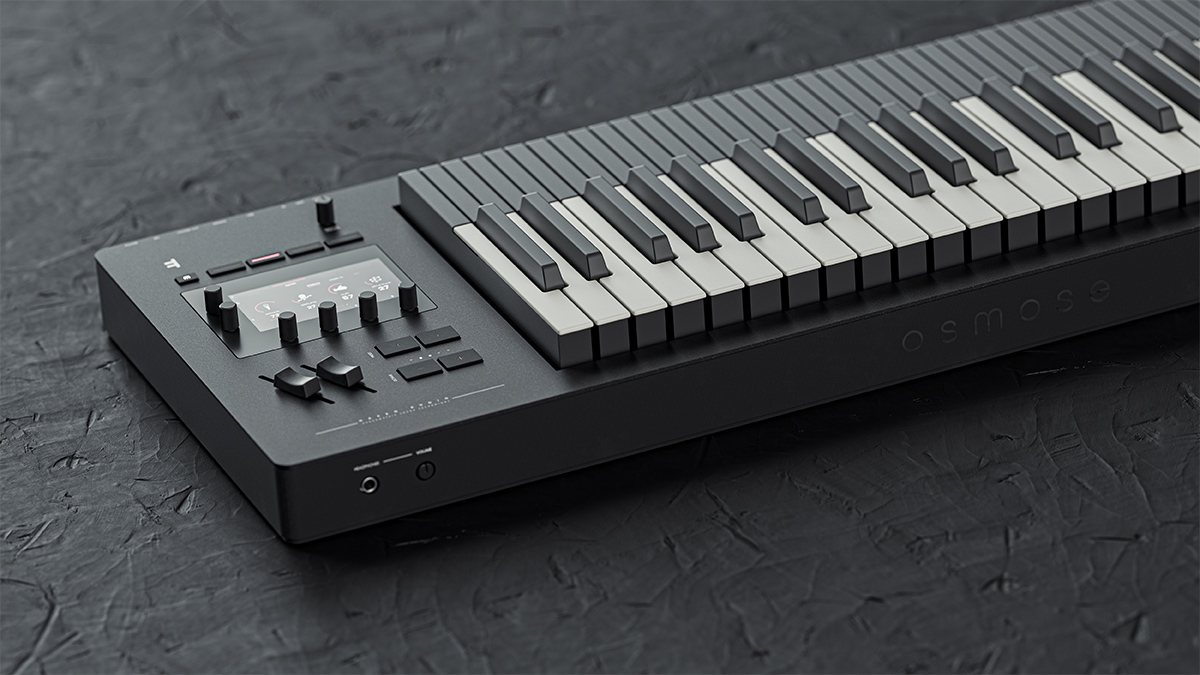
MIDI 2.0 spec confirmed: “the biggest advance in music technology in decades”
“As modular has moved from a niche to more mainstream in the past ten years I think we’re just now undoing the… kind of damage that MIDI did to the diversity of electronic music,“ says Chris. “The Resynator happened at a time where there were all these things happening, all these possibilities that could have gone all these ways, and then it was suddenly ‘nope, we’re gonna do MIDI now guys, here’s your sequencer!’”
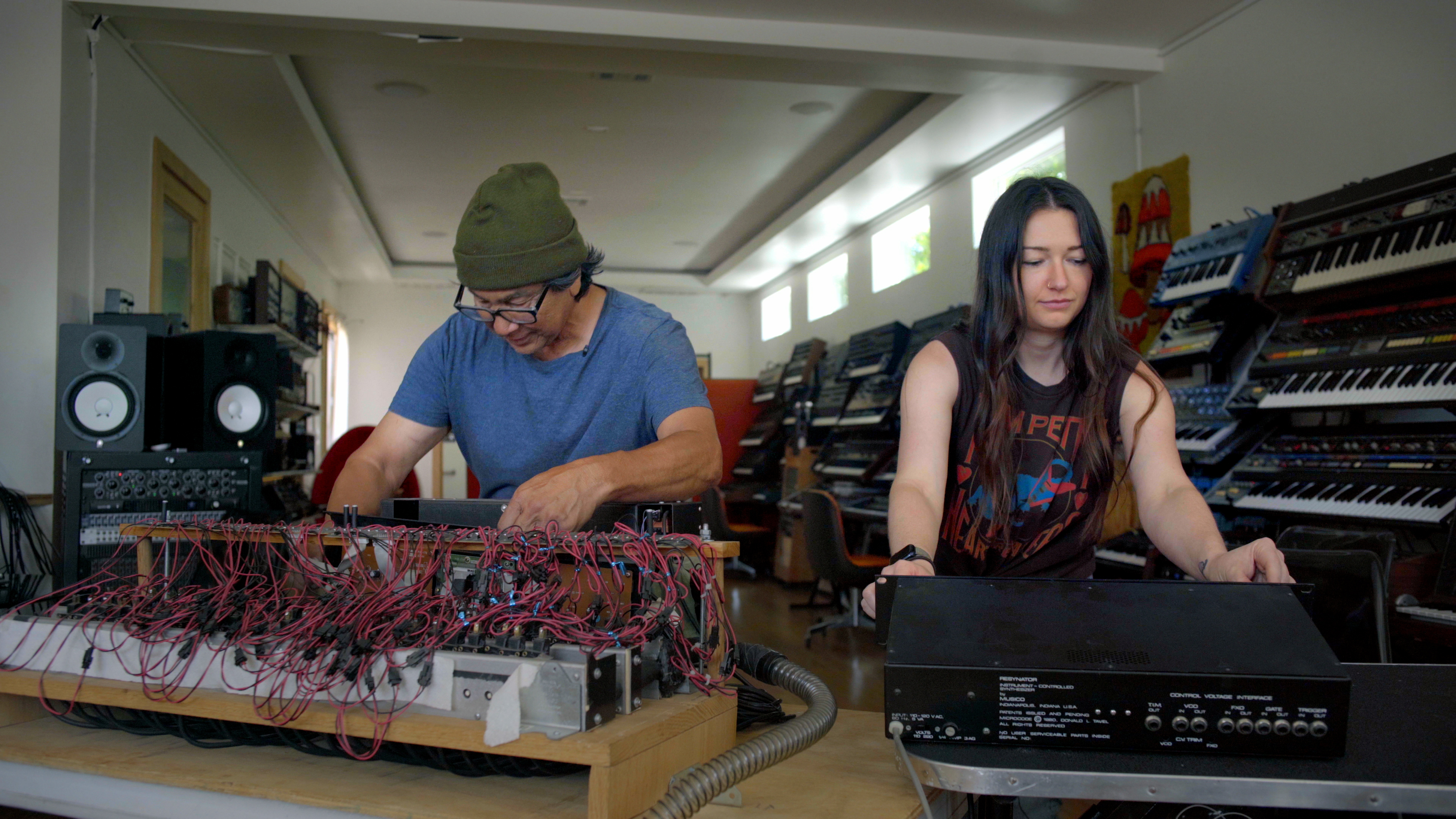
Of course, we’re now in the dawn of the MIDI 2.0 era — an era brought about precisely because of the desire to make the control of electronic instruments more flexible and expressive. Perhaps this is the ideal time to look back at the Resynator as an example of a way of interfacing with a synthesizer in a natural, organic way - but looking back was never the focus of Don Tavel.
Alison explains: “My dad was never living in the past, he was always ready to think about the future and be in the future. Peter Gabriel said it best, my dad was always trying to absorb the future in his design. I think there’s a way to use the tools from the past to elevate the future”.
Resynator as a plugin
Alison is managing development of Resynator as a plugin — an idea given to her by Peter Gabriel as he highlighted how important forward thinking was to Don. Of course, the rawness of Resynator, the ‘wolverine in the room’ is such a central part to its charm that I asked Alison how it might be reimagined in the digital domain.
“Software engineer Rob Rampley has been developing it with me, and that’s the main objective: I don’t want a stiff digital plugin. The ‘digital muck’, as Mike Gordon has said in the past, is not what I’m interested in, it’s supposed to represent the real thing. I want it to represent that grittiness and have all the same features”.
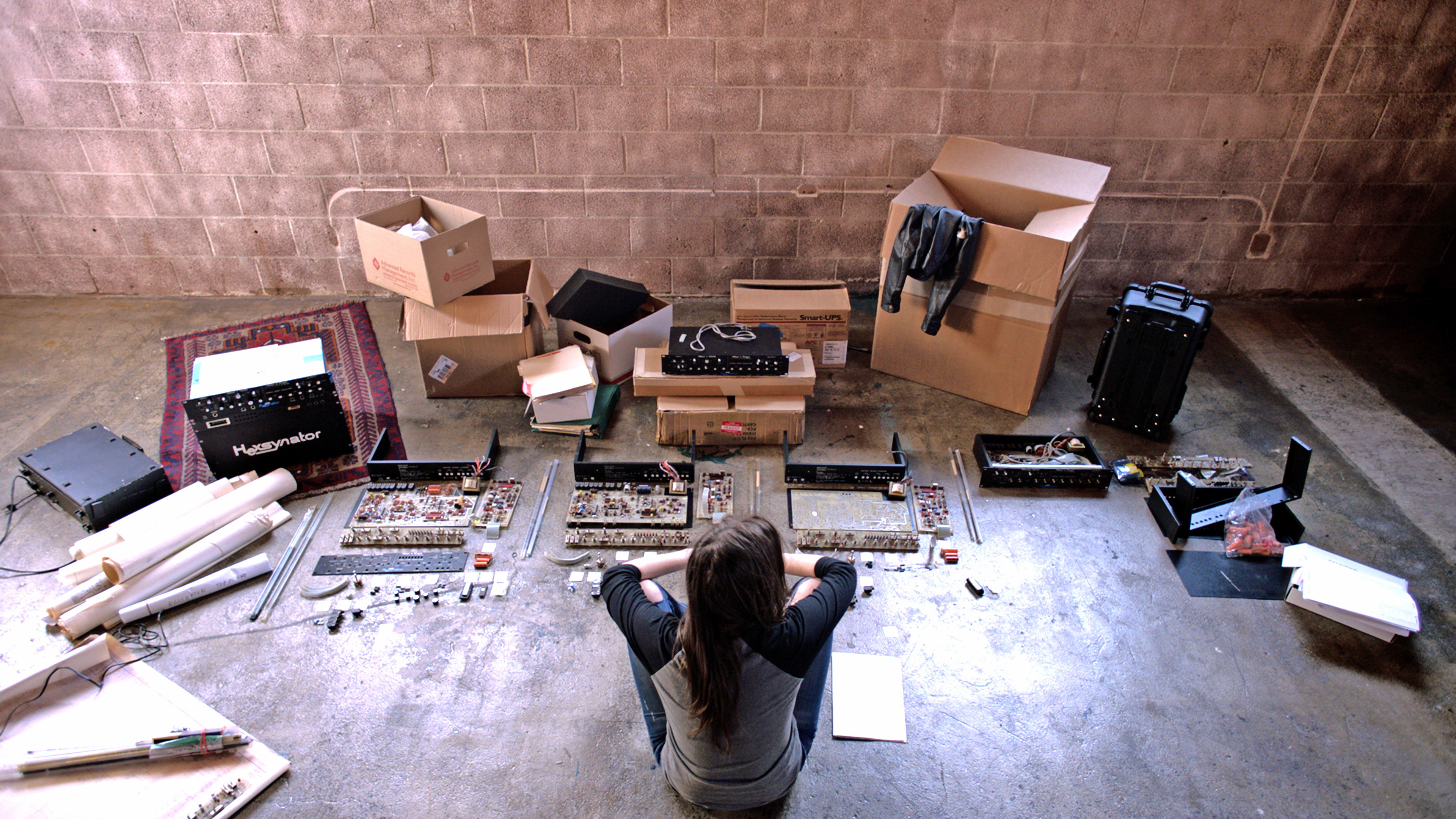
Development on the plugin is still underway, but it’ll be fascinating to see how the concept is brought to the DAW. Reducing Resynator to pitch-tracking, an interesting operator/carrier oscillator section and complex filter envelopes would create something less than its parts; seeing the way the instrument inspired the film’s participants to explore, to interface not just with the synth’s front panel but with its creator, shows the potential in a curious, leftfield instrument that brings us to the to heart of expressing ourselves with sound.
"There’s only six rackmount devices. Three went to the UK to Peter Gabriel’s company and I just bought one on eBay!"
In a delightful coincidence, Alison tells me she got a special surprise on Christmas Eve: “There’s only six rackmount devices. Three went to the UK to Peter Gabriel’s company and I just bought one on eBay!”. These connections, finding correspondence from legends like Jon Anderson and The Average White Band — plus, of course, Peter Gabriel — must have vindicated those early stories Alison was told about Don.
He might not have invented the synthesizer, but he certainly invented and innovated a synthesizer. Resynator is a heartwarming and interesting watch, and an opportune time to bring the fascinating approach of the instrument back into the public eye as we as musicians have an exciting new era of technology to adapt to and be inspired by.
What’s more, Alison will be releasing a full 25-minute demo of Resynator performed by Chris Ruggiero as well as a selection of bonus content showing more of the sessions contained in the film to really pique your inspiration.








